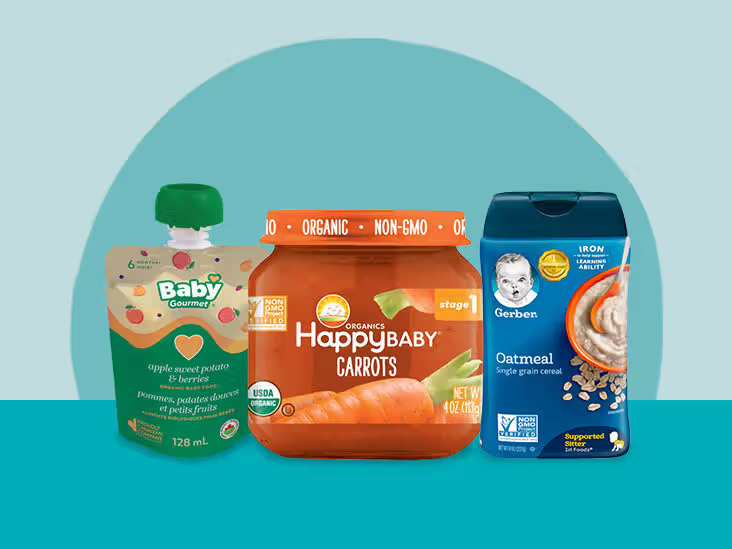Baby Gagging: Understanding, Causes, and How to Handle It

Learn about infant gagging, a natural reflex that keeps babies safe. Explore causes, differences from choking, and tips for handling gagging. Keep your baby safe during mealtime.
Gagging: Understanding and Dealing with Infant Gag Reflex
Introduction:
Gagging is like our body’s superhero move to stop choking. When something touches the back of our throat, bam! Automatic reflex kicks in. It’s a big deal for little ones, especially babies. It keeps bad stuff from going into their breathing tube. So, parents and caregivers, it’s crucial to understand why gagging matters. It’s like a baby bodyguard, making sure they stay safe.
What is Gagging?

Gagging is safety reflux, especially for babies. When something, like food or a toy, goes too far back in their throat, their body makes them cough forcefully. It’s like the body’s saying, “Hey, that’s too deep. Let’s get it out!” This helps prevent choking and keeps them safe. So, when a baby gags, it’s their body’s natural way of protecting them from something going down the wrong path.
Signs and Sensations of Gagging:
- Coughing and Gagging:
A baby may start coughing or retching when something triggers the gag reflex. It is the body’s way of expelling an object or substance.
- Redness and Watery Eyes:
Gagging can cause the baby’s face to turn red, and they might have teary eyes due to the intensity of the reflex.
- Gagging Sounds:
During gagging, babies might make a distinctive gagging or choking sound, which can be alarming for parents.
Gagging vs. Choking:

Gagging is often mistaken for choking, but they are different responses. Gagging involves a protective reflex that clears the throat, and the baby can usually recover independently. On the other hand, choking occurs when an object gets stuck in the airway, blocking the airflow. Choking requires immediate intervention to dislodge the object and restore proper breathing.
10 Causes of Gagging in Babies
Gagging in babies is a common and regular occurrence as they explore new tastes and textures during their early stages of eating. Understanding the causes of gagging can help parents and caregivers confidently navigate this natural reflex.
1. Sensory Exploration:
Babies learn about the world through their senses, including touch and taste. Gagging can occur when they encounter new and unfamiliar textures in their mouth. Their sensitive gag reflex helps prevent large or potentially unsafe objects from going down the throat.
2. Learning to Eat:
As babies transition from breastfeeding or formula to solid foods, their mouth muscles and coordination are still developing. Gagging is a way for their body to figure out how to move and swallow different textures.
3. Pushing Limits:
Curiosity drives babies to push their boundaries, including exploring their mouths with fingers, toys, or food. Sometimes, babies might gag when they accidentally touch the back of their throat.
4. Overstimulation:
Sometimes, the sensation of too much food in the mouth can trigger the gag reflex. It’s the body’s way of preventing overwhelming food from going down immediately.
5. Introduction of Solids:
As babies transition from a liquid diet to solids, their mouths and tongue learn to manage different consistencies. Gagging can occur as their oral muscles adapt to this new way of eating.
6. Teething:
Babies tend to put objects, including their fingers, in their mouths when teething. The pressure from teething can cause heightened sensitivity, leading to a gagging response.
7. Sensitivity to Texture:
Babies might be more sensitive to certain textures, causing their gag reflex to be more easily triggered. Some babies might gag more with lumpy or chunky foods.
8. Developmental Stage:
Gagging is more common in the early stages of eating when babies are just learning to handle different textures. With time and practice, their gag reflex diminishes as their swallowing skills improve.
9. Self-Regulation:
Babies have an innate ability to self-regulate their eating. Gagging can be their way of controlling their food intake and preventing overeating.
10. Exploratory Behavior:
Babies often use their mouths to explore the world. Gagging might occur when they try to put objects into their mouths that are too large to swallow.
How to Deal with Gagging:
- Monitor Closely:
When babies start exploring solid foods, they may experience gagging as they learn to manage different textures. It’s essential to keep a watchful eye during mealtime.
- Allow Natural Response:
If a baby gags while eating, allowing their natural reflex to work is generally best. They might cough, retch, or even vomit a bit to clear their throat.
- Offer Appropriate Foods:
As babies transition to solid foods, provide appropriate foods for their age and developmental stage. Smaller, softer pieces are more manageable for them to handle.
- Supervision:
Always supervise babies and young children while eating to ensure their safety.
Conclusion:
Understanding infant gagging as a protective reflex helps parents and caregivers differentiate between normal responses and potentially dangerous situations. Gagging is a natural way for babies to safeguard their airways while learning to eat different foods. Parents can support healthy eating habits and ensure their baby’s safety during mealtime by staying informed and providing age-appropriate foods.






